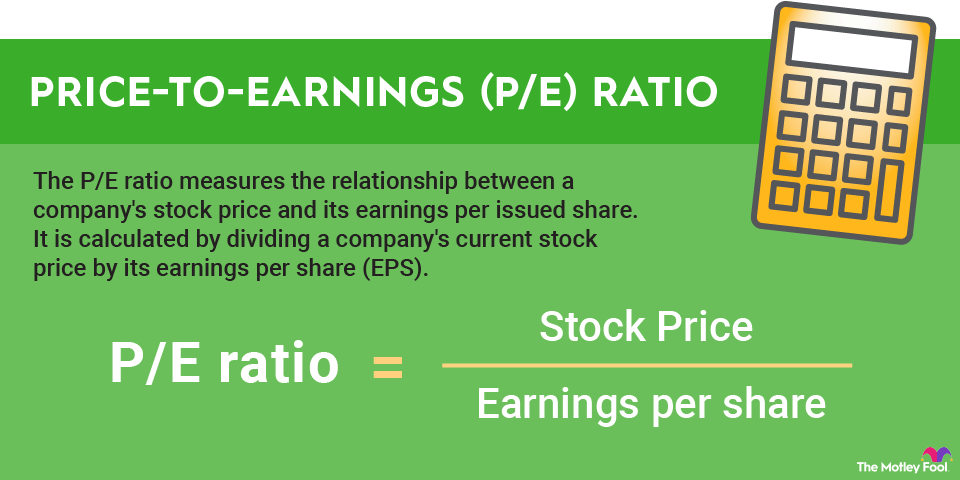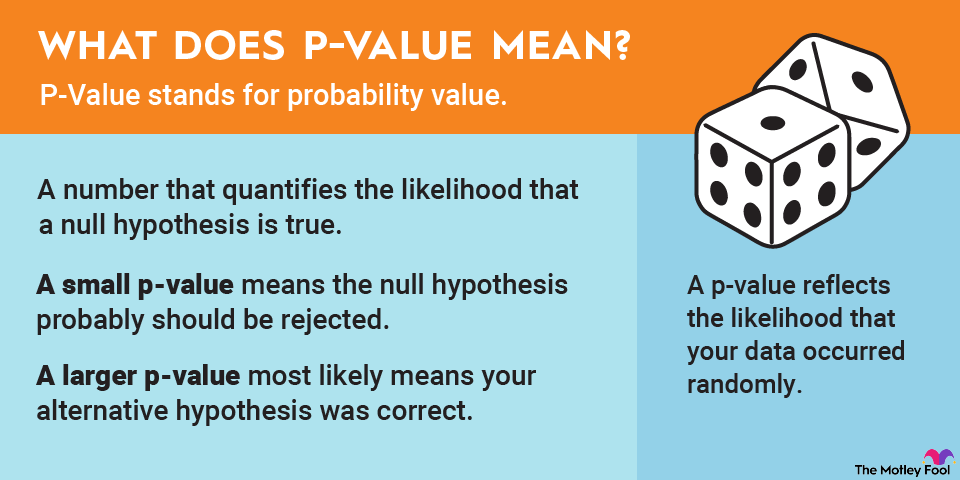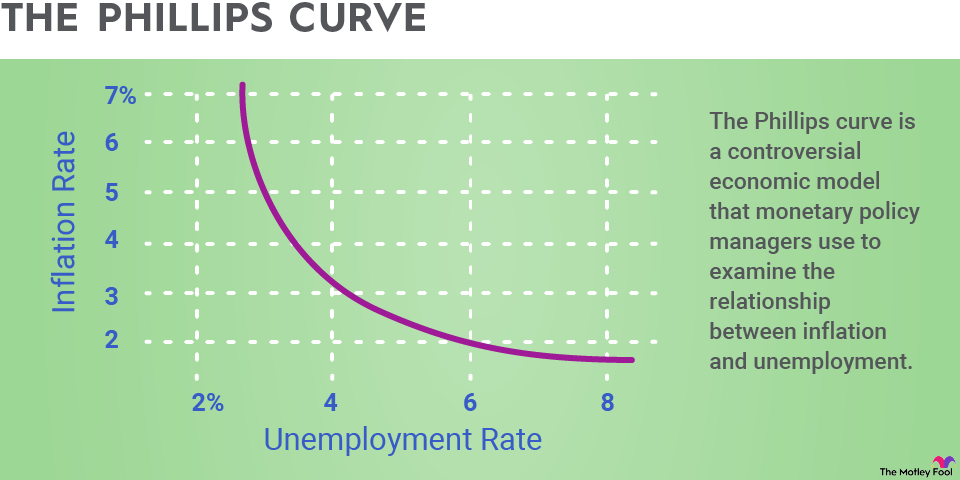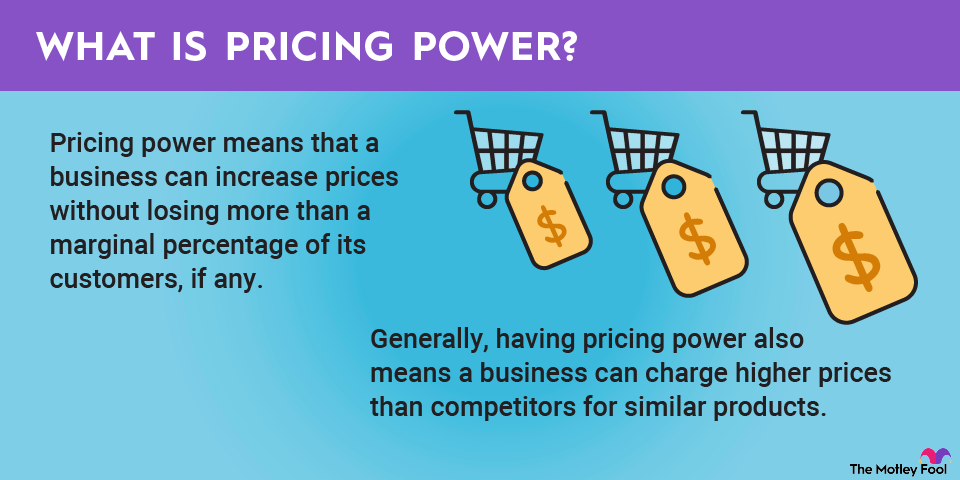Investing in the stock market might seem like a thrilling, high-octane race, but there are ways to enjoy the ride without sudden twists and unexpected turns. Arguably the safest of all possible strategies is passive indexing -- the tortoise in the investment race that often outperforms the unpredictable hares in the long run. Here's what this slow-and-steady strategy is all about and why you should know the basics.

Why passive indexing matters
Passive indexing is not merely an investment buzzword; it's a significant way that many investors build their portfolios. Here's why it's worth a second look:
- Low costs: Passive indexing generally involves lower management fees since it doesn't require the constant oversight and active decision-making typical of active management strategies. In other words, you don't have to pay the fund manager to do any market research for you.
- Less risky: By mirroring the results of a large industry or the entire market, you're not putting all your eggs in one corporate basket. Diversification for the win!
- Tax efficiency: Index funds generally operate with a long-term buy-and-hold approach, rebalancing their holdings only when the underlying index adds or removes tickers. As a result, the funds dodge the capital gains taxes that result from making frequent trades.
- Historical success: Passive index funds often perform as well as or better than actively managed funds. Call it the "slow-cooker" method of investing -- it may not sizzle and pop on Wall Street's proverbial back burner, but it is likely to satisfy your wealth-building appetite in the long run.
Buy & Hold Strategy
How to utilize passive indexing
Now that you've had a glimpse into the world of passive indexing, what should you do about it?
- Investigate your options: Look into passive index funds that suit your investment goals. You could go for ultimate stability with broad market-tracking indexes. You could pinpoint a specific niche by selecting a more narrowly defined index. Passive index funds can even help you target opportunities abroad, tracking foreign lists such as the broad-based MSCI Japan or the MSCI Europe indexes.
- Consider the risks and rewards: Passive index funds are known for stability, but make sure they align with your risk tolerance. For example, the Nasdaq Composite Index tends to experience more short-term volatility than the S&P 500. Nasdaq gives you a wobbly path to potentially larger gains over many years, while the S&P 500 offers more stability in an unsettled economy. That key difference should steer you toward the index that meets your needs.
Related investing topics
Meet Jack Bogle -- the godfather of passive indexing
Vanguard Group is not the only name in the low-cost index fund game, but the firm is a leading provider of passive indexing tools -- and a pioneer of the passive investing idea.
Founder John "Jack" Bogle essentially created passive index investing with the launch of the First Index Investment Trust in 1976. The fund, now known as Vanguard 500 Index Fund Admiral Shares, tracked the S&P 500 with a hands-off management approach, resulting in the low fees and high tax efficiency mentioned above.
Bogle's work was largely scorned by the financial industry at the time, but Bogle's game-changing approach has proven successful in the long run. Nowadays, even master investors like Warren Buffett celebrate Jack Bogle's positive impact on individual investors.
With a passive indexing portfolio, you don't have to be a masterful stock picker to match the long-term gains of the stock market.



















